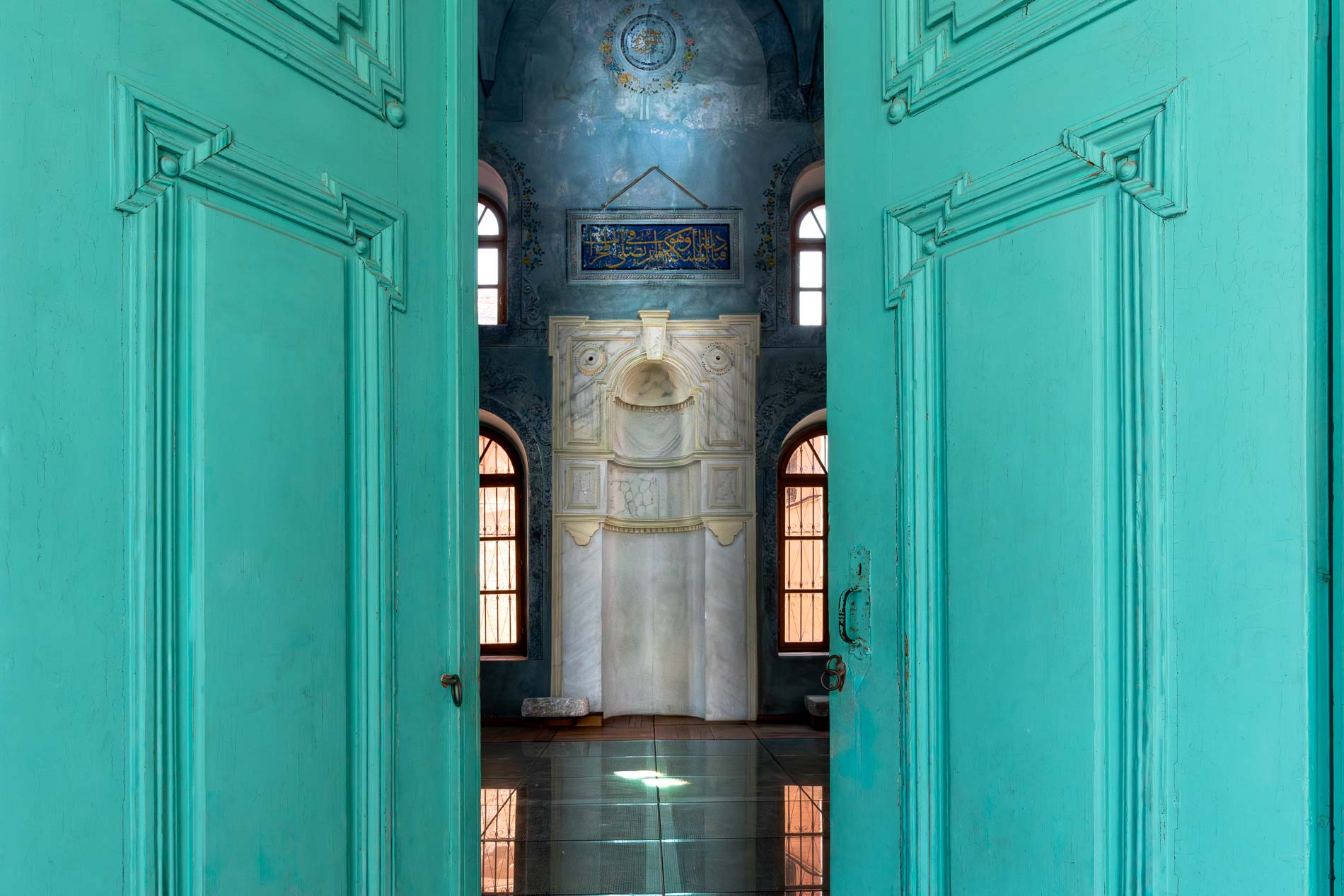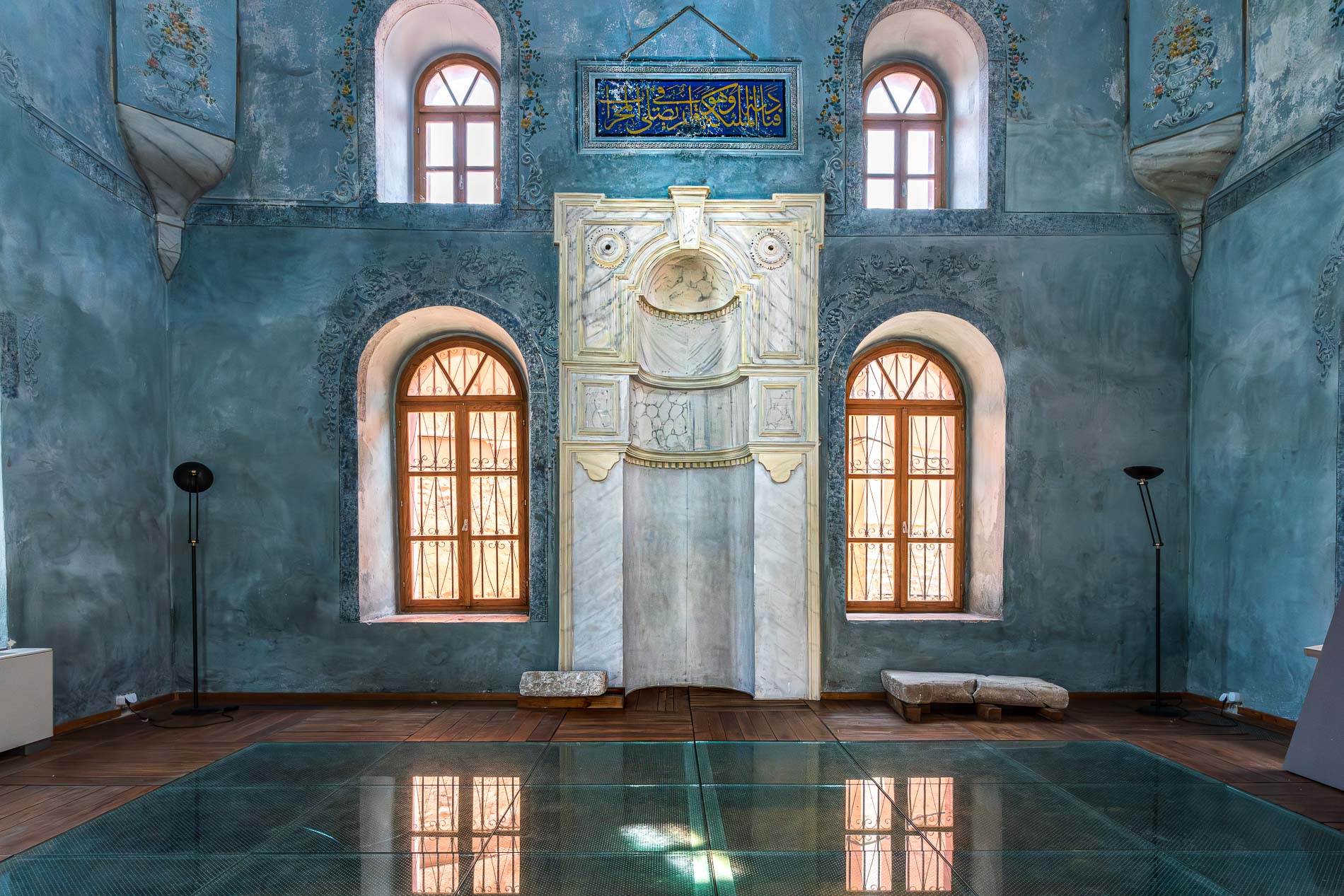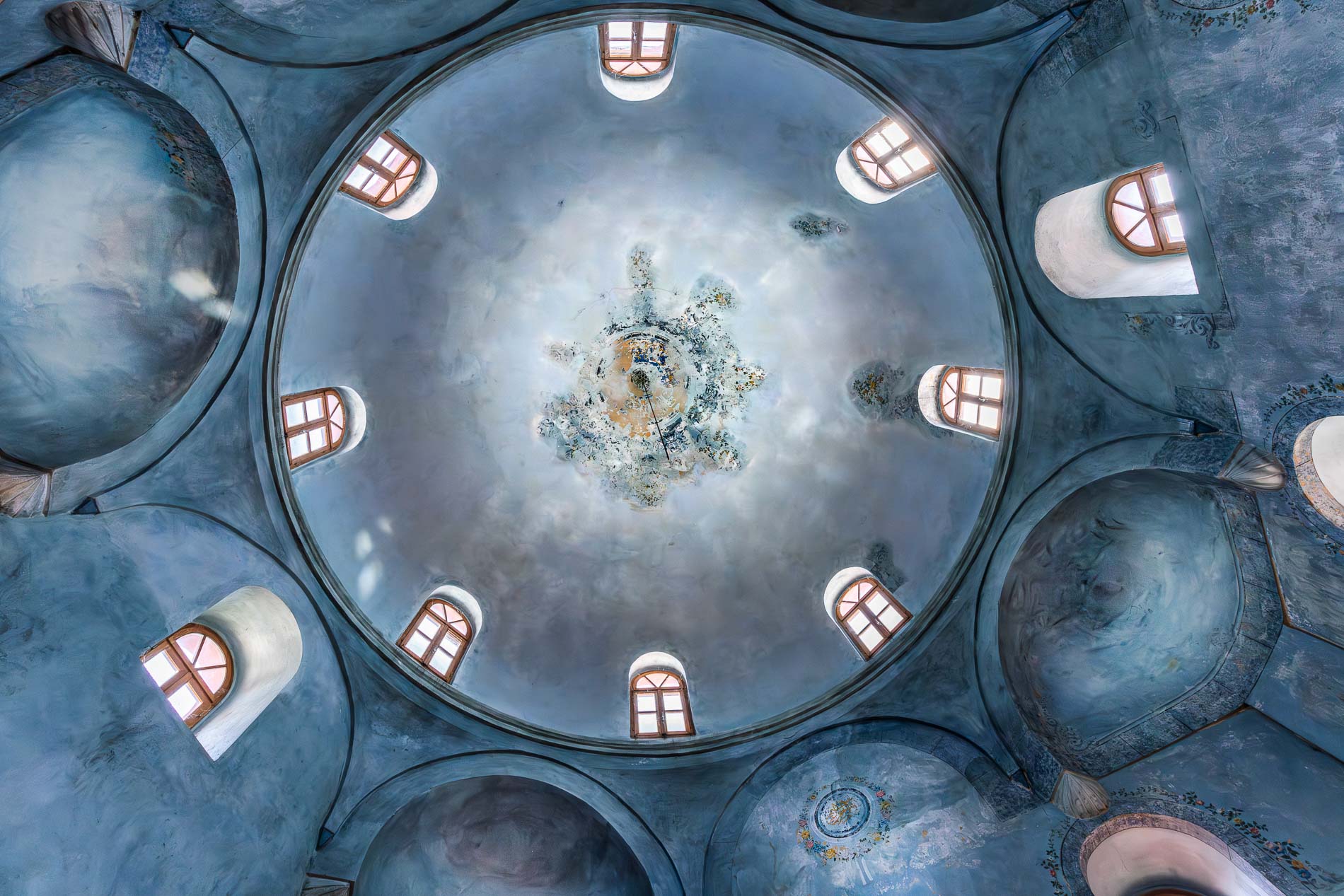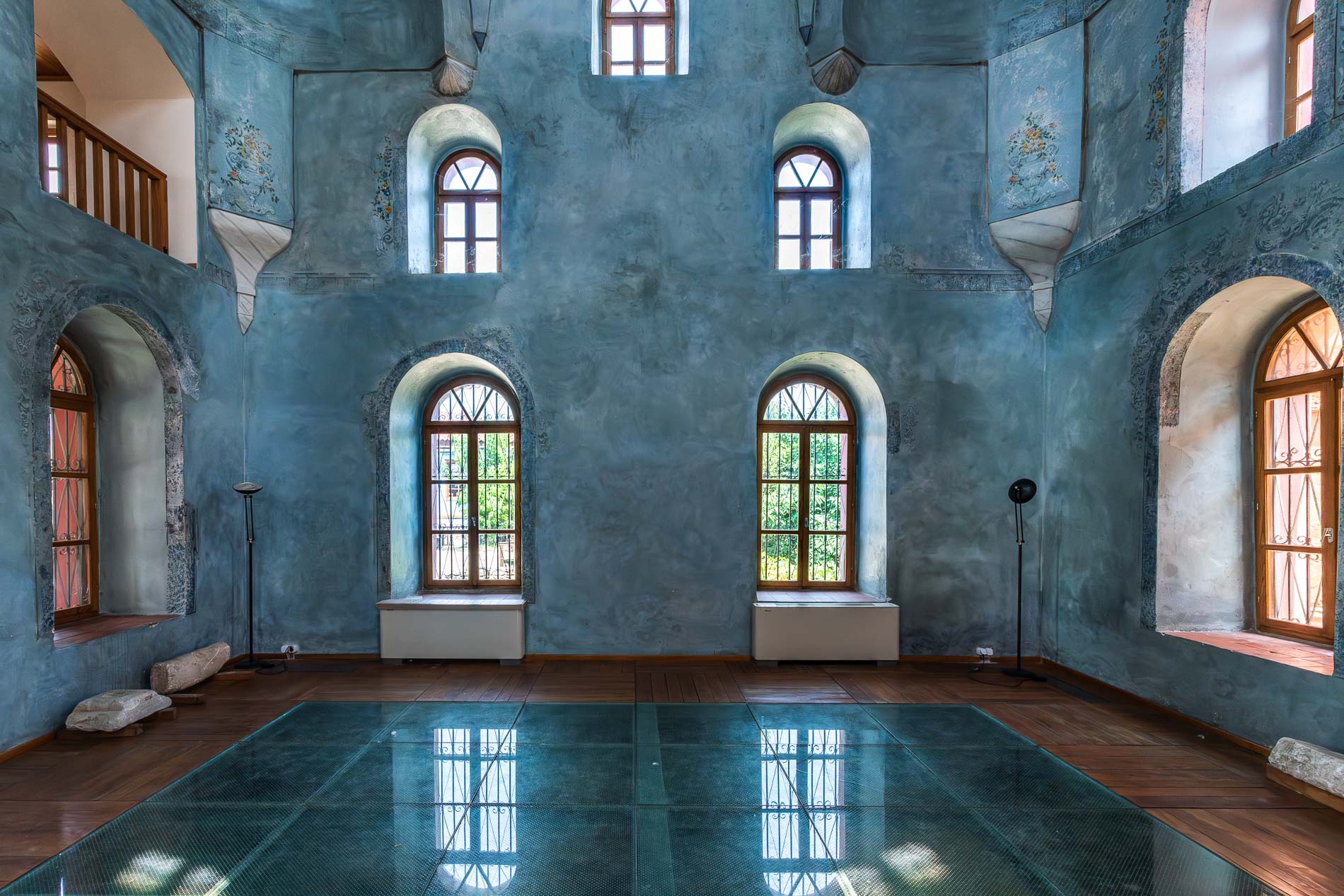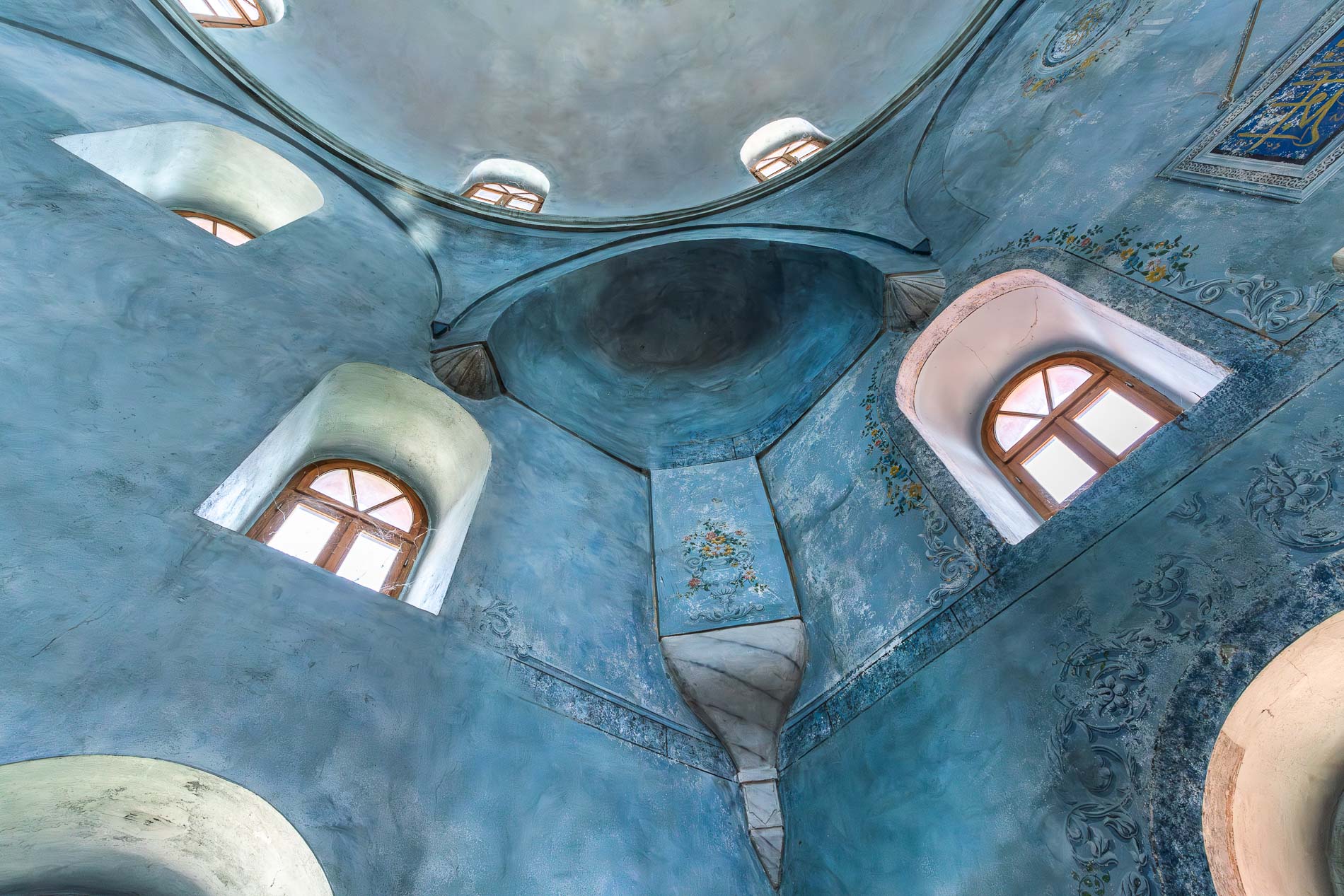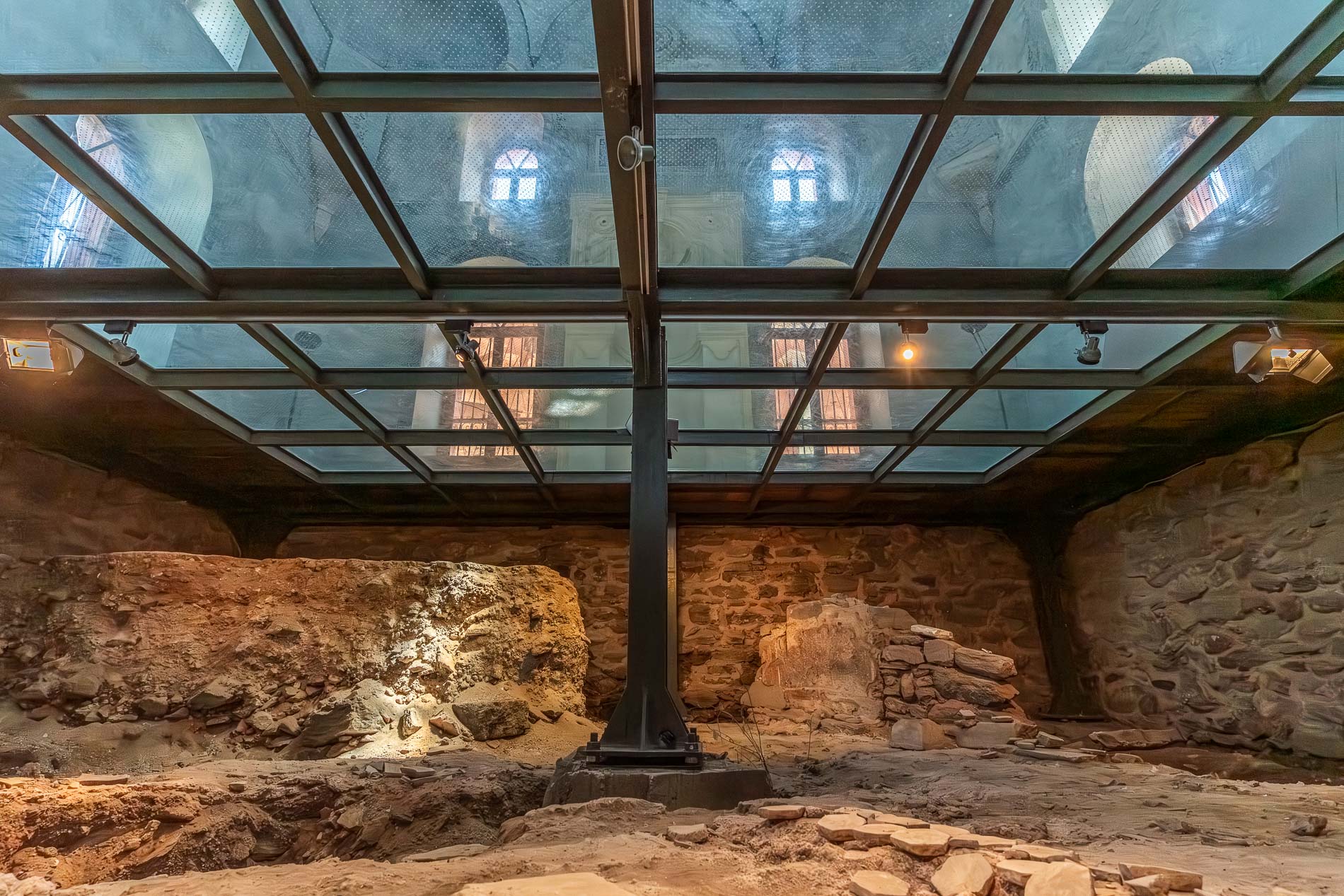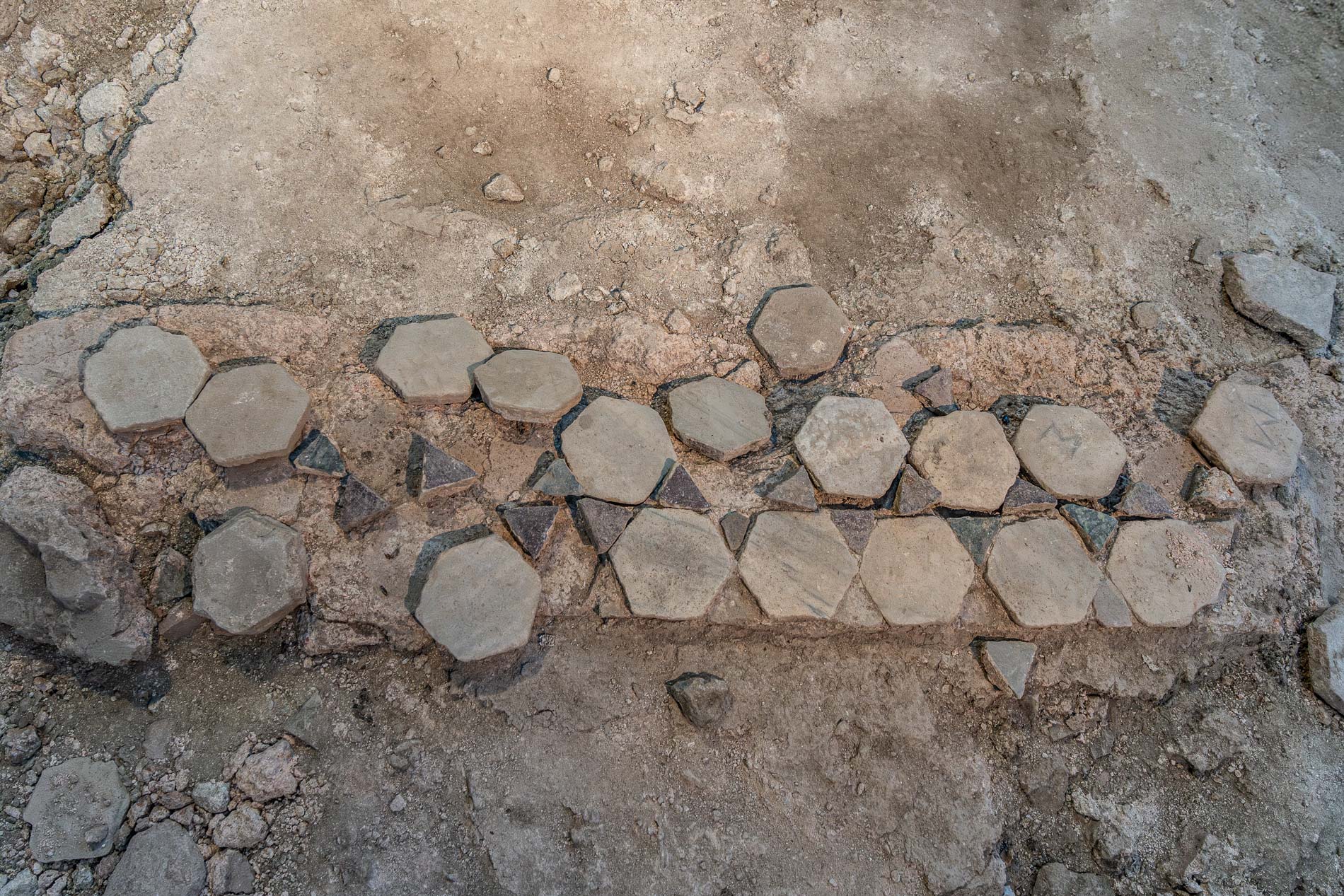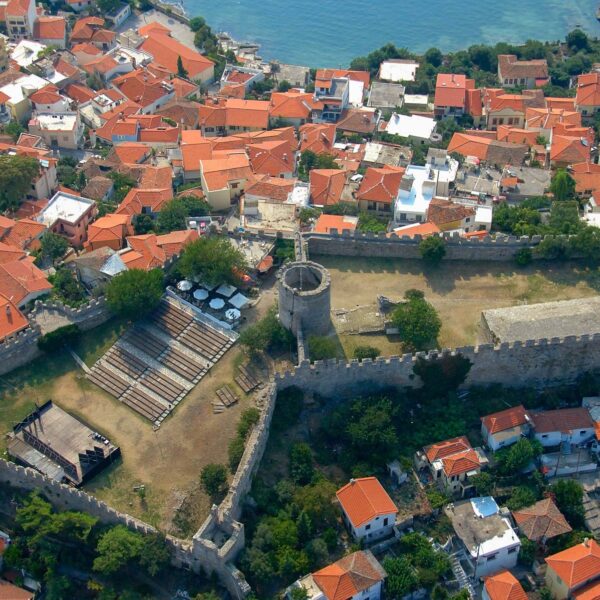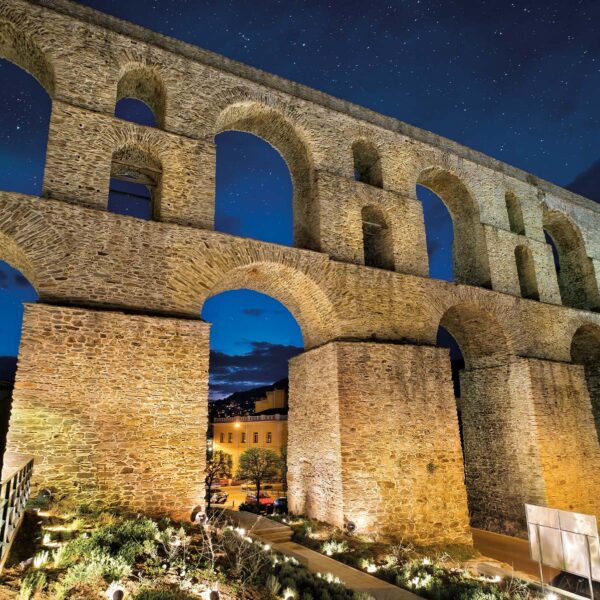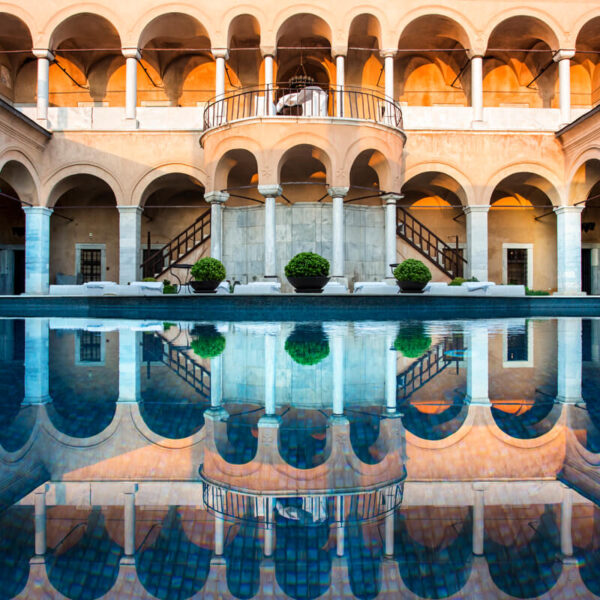Halil Bey Mosque - Palia Mousiki
Located in the heart of the Panagia peninsula, just below the Castle of Kavala, the Halil Bey Mosque is one of the city’s most interesting historical and cultural sites. Built in the early Ottoman period, it reflects Kavala’s layered past and ongoing transformation. Originally a mosque, the building has served multiple purposes over the centuries—a place of worship, a school, a cultural venue. Today, restored and called “Palia Mousiki” (Old Music), it’s a lively cultural space for exhibitions, events and community activities.
In the heart of the Panagia peninsula, below the Castle of Kavala, lies the Halil Bey Mosque, one of the city’s most interesting historical and cultural sites. Built in the early Ottoman period, it reflects Kavala’s layered past and ongoing transformation. Originally a mosque, the building has served multiple purposes over the centuries—a place of worship, a school, a cultural venue. Today, restored and called “Palia Mousiki” (Old Music), it’s a lively cultural space for exhibitions, events and community activities.
The Halil Bey Mosque is believed to have been built around 1530, during a major period of reconstruction and expansion of the city under Ottoman rule. The mosque is part of a larger religious and educational complex that includes a madrasa (Islamic seminary), which is still in good condition and had eight rooms for students.
The mosque is a small but harmonious building with traditional Ottoman architecture. It’s situated at a crossroads in the old town, on the road to the acropolis and the various gates of the old city walls. The building is now part of the urban fabric of the Panagia district.
During the 2000s restoration works, a big surprise was uncovered beneath the mosque: the ruins of an early Christian three-aisled basilica, identified by archaeologists as the Church of Agia Paraskevi. The remains include a semi-circular apse, a narthex and divisions between aisles made by columns or piers. The church was likely roofed with wood, common at the time, and built with local stone, lime mortar and brickwork. This early Christian structure dates to late antiquity, making the Halil Bey site one of the oldest known churches within the walls of Kavala.
You can see the basilica remains through a transparent floor panel in the mosque building, combining historical preservation with modern design.
History & Culture
The Halil Bey Mosque was built during the period of urban and architectural growth in Kavala after the city was incorporated into the Ottoman Empire. It was part of the overall reorganization of the town with new religious, educational and infrastructure projects to serve the growing population.
The mosque complex had a girls’ primary school in the early 20th century and has been adapting to the social needs of the time. From 1930 to 1940 the mosque was used as the Municipality’s orchestra and was nicknamed “Music Mosque” and later became known as Palia Mousiki (Old Music).
The restoration works in 2005, 2006 and 2008 by the Ephorate of Antiquities and the Municipality of Kavala uncovered the hidden past of the building. The excavation and conservation process revealed a Byzantine-era basilica under the mosque. Although there are no significant early Christian artifacts, the masonry and the brickwork suggest a structure from the late early Christian period.
This transformation from a Christian church to an Ottoman mosque is typical of the broader historical changes that took place in the Balkans for centuries under different rule. It is the common practice in early Ottoman times to reuse or build over existing Christian structures.
Local Interest
Today the Halil Bey Mosque is a living example of Kavala’s multicultural and multireligious past. Locally known as Palia Mousiki, it hosts concerts, exhibitions and community events in its main space and forecourt.
The adjacent madrasa is now a folklore museum, local social services and the headquarters of “To Kastro”, the cultural association of the Panagia district. All these restored buildings add to the cultural and historical value of the area, combining education, heritage and community in one place.
Visitors to the mosque will not only see the beauty of Ottoman and Byzantine architecture but also will get to understand Kavala as a crossroads of civilizations.
